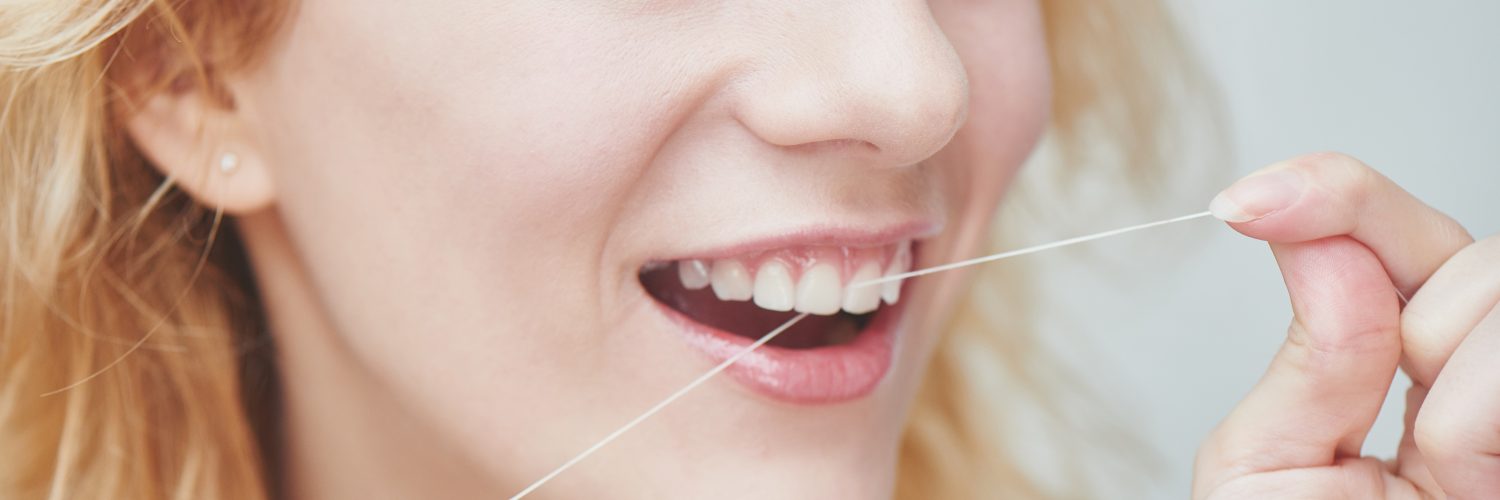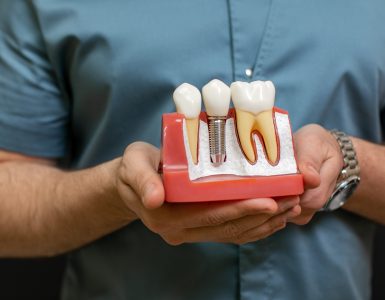You may have been encouraged by your dentist for years to floss as part of your oral hygiene routine, but did you actually know why it is so important.
Did you know that nearly half of the surface area of your teeth lies between them? So, if you are only brushing you are missing a large portion of the surface of your teeth. If plaque and food particles are left to build up and not removed, the health of your teeth and gums can be affected.
What happens if I don’t floss?
Your toothbrush is limited on the areas it can reach. Plaque is a build-up of bacteria on your teeth, particularly if you eat or drink acidic or sweet foods and beverages. If it is not removed, it can harden and form into tartar or calculus that cannot be removed by your toothbrush alone. Over time this plaque and stuck food can lead to bad breath, tooth decay and gum disease. Dental floss is designed to slide between the teeth dislodging food particles and plaque.
When I try to floss my gums bleed
When you do not clean between your teeth regularly, the bacteria can build up under your gums causing them to become inflamed and bleed when you try to floss. This early stage of gum disease is called gingivitis and can lead to more serious gum disease. If you do suffer from bleeding gums, it is important that you continue to floss daily. As the health of your gums improves, the bleeding should stop. Bleeding gums can also be caused by flossing too vigorously.
Is it ever too late to start?
Roughly only a quarter of Australian adults floss their teeth regularly. You may have gone years or even decades without flossing. The good news is that it is never too late to include flossing into your oral hygiene routine and keep your teeth and gums clean and healthy. It is recommended that you start flossing your child’s teeth as soon as they have two teeth touch side by side.
How to floss your teeth
In order for your flossing to be effective, if is important that you use the correct technique. Your dentist will be able to advise you and give you a demonstration on how to do it effectively. Here is a guide on the steps you need to take:
- Take approximately 45cm of floss and wind it around the middle fingers on each hand. You can control the floss by resting it over your thumbs and index fingers.
- Gently slide the floss between your teeth and using an up and down motion rub the floss along the side of each tooth and slightly under the gum.
- Remove the floss and move to a fresh section of and repeat the process until all your teeth have been cleaned.
Other alternatives to clean between your teeth are available, such as floss picks and flossettes which have a plastic handle, interdental brushes and electric flossers or irrigators that use water and pressure to remove plaque and food from between your teeth.




